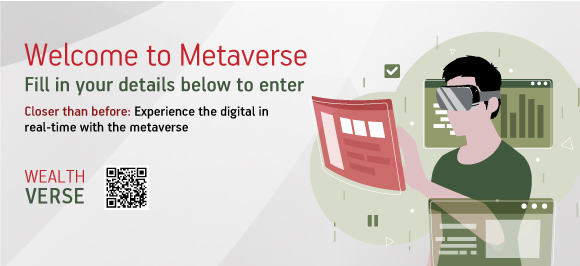Some of the popular types of ETFs are as follows:
Index ETFs
Index ETFs track a specific index. They enable investors to gain exposure to the entire index through a single trade.
Commodity ETFs
Commodity ETFs track the performance of a particular commodity such as gold, silver, natural gas, oil, etc. They enable investors to gain exposure to the commodities without having to purchase futures contracts.
Currency ETFs
Currency ETFs track the performance of a particular currency or a basket of currencies. They enable investors to participate in currency market transactions without purchasing a specific currency.
Bond ETFs
Bond ETFs track the performance of different types of bonds such as government bonds, corporate bonds, municipal bonds, etc. They enable investors to gain exposure to a variety of bonds without having to purchase individual bonds.
Sector ETFs
Sector ETFs track the performance of a specific market sector such as banking, technology, health care, etc. They enable investors to gain exposure to a particular sector without having to purchase individual stocks from that sector.
International ETFs
International ETFs track global markets or a country-specific benchmark index. They enable investors to gain exposure to overseas stocks and bonds.





 1800-270-7000
1800-270-7000






